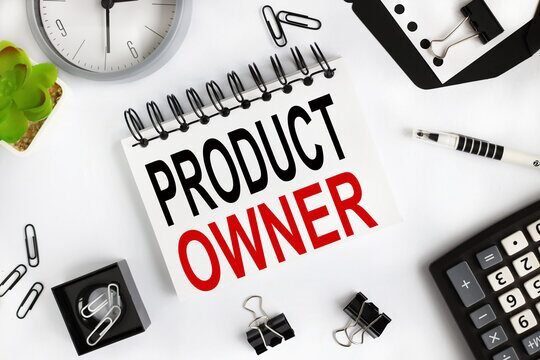In software development, the Product Owner (PO) is a key person who helps make sure the team works on the right things to bring value to the business. The role is important in Agile methods, especially in a process called Scrum. But what exactly does a Product Owner do? When do they do these tasks, and why are they so important?
What Does a Product Owner Do?
A Product Owner acts as a link between the business and the development team. Their job is to make sure the team focuses on the tasks that matter most. They gather information from stakeholders (people with an interest in the project), prioritize tasks, and decide what will give the most value to the product.
In Scrum, the Product Owner manages a list of things the team needs to do, called the product backlog. This backlog includes features, updates, and fixes that the team will work on in future sprints (short work cycles).
Key Responsibilities of a Product Owner
- Setting a Clear Product Vision
The Product Owner defines the product’s direction by creating a clear product vision. This vision acts as a guide for both the development team and stakeholders, showing everyone what the end goal is. The Product Owner works closely with business stakeholders and customers to understand what they need from the product. When: This vision is created at the start of the project and updated as needed during the project. Why: A clear vision ensures that everyone is working toward the same goal and that the product develops in the right way. - Managing the Product Backlog
The Product Owner creates and organizes the product backlog, which is a list of tasks or features. They prioritize these tasks based on what will bring the most value to the business and customers. When: Backlog management is an ongoing task, but formal backlog sessions happen regularly before the start of each sprint. Why: Prioritizing the backlog helps the team stay focused on the most important work, ensuring that time and resources are used effectively. - Writing User Stories
User stories are short descriptions of what users need from the product. The Product Owner writes these stories, which help the development team understand the feature’s purpose. They also define acceptance criteria, which explains when a task is complete. When: User stories are written throughout the project, especially during planning sessions. Why: These stories help the team clearly understand the customer’s needs, and acceptance criteria set clear goals for when the work is done. - Talking to Stakeholders
The Product Owner communicates with stakeholders regularly to share progress, get feedback, and manage their expectations. They ensure that stakeholders’ needs are reflected in the product backlog and that the project stays on track. When: Communication with stakeholders happens all the time, but more frequently during key meetings or updates. Why: Regular updates keep everyone informed, avoiding surprises and making sure the project moves in the right direction. - Making Quick Decisions
When challenges arise during development, the Product Owner must make decisions about what can be adjusted to keep the project moving. This could mean changing priorities, timelines, or scope (the amount of work the team can do). When: This happens throughout the sprint, especially when the team faces issues that could slow them down. Why: Fast decision-making keeps the project on track, ensuring the team doesn’t lose momentum.
Why Is the Product Owner So Important?
- Delivering Value to the Business
The Product Owner ensures that the team works on features that provide the most value to the business. They decide what tasks or features are most important based on what will benefit the customers and business the most. - Keeping the Team Agile
Agile development is all about being flexible and adapting quickly to changes. The Product Owner makes sure that the product backlog can be updated based on feedback or changes in the market, so the team remains agile. - Making the Process Transparent
Transparency means everyone involved in the project knows what’s going on. The Product Owner keeps the product backlog visible and shares regular updates with stakeholders, so everyone understands the project’s status and priorities.
Conclusion
The Product Owner plays a crucial role in helping the development team deliver the right features to meet business goals and customer needs. They define the product vision, manage the product backlog, write user stories, and make real-time decisions to keep the project moving. Acting as a bridge between stakeholders and the development team, the Product Owner ensures that the team focuses on the most valuable work, making their role vital for the success of any Agile project.











